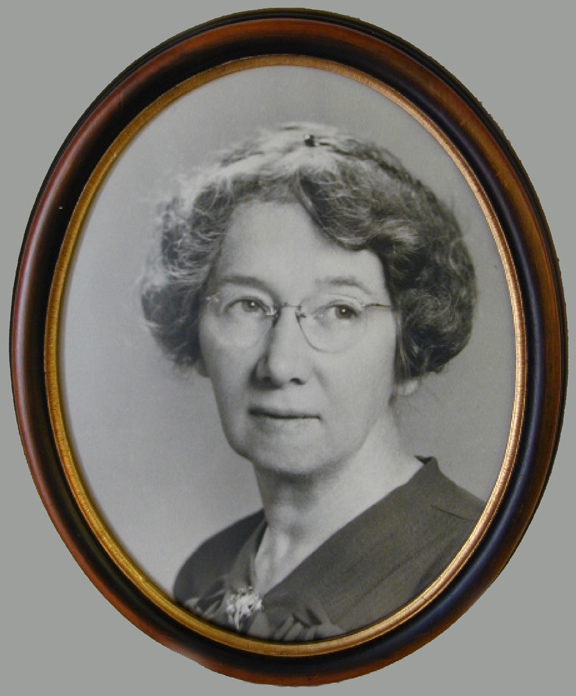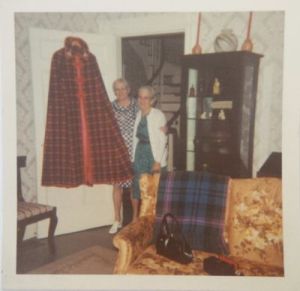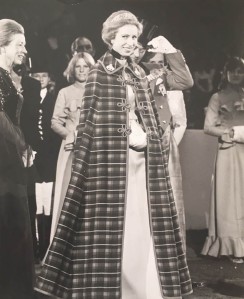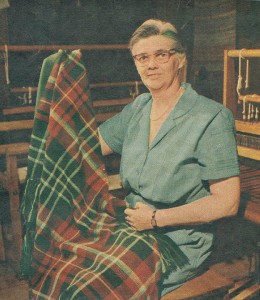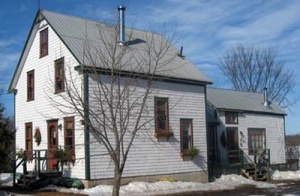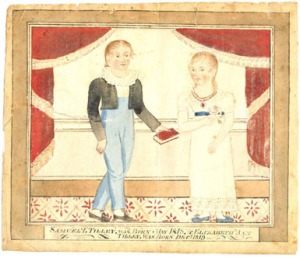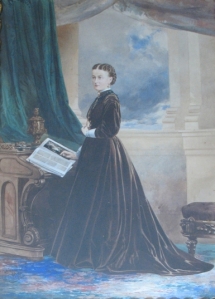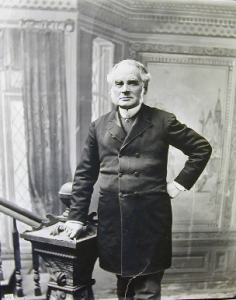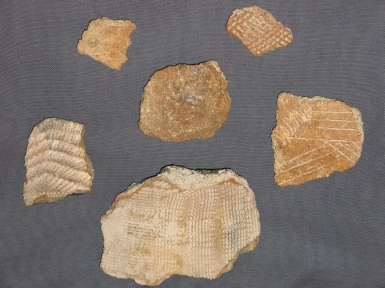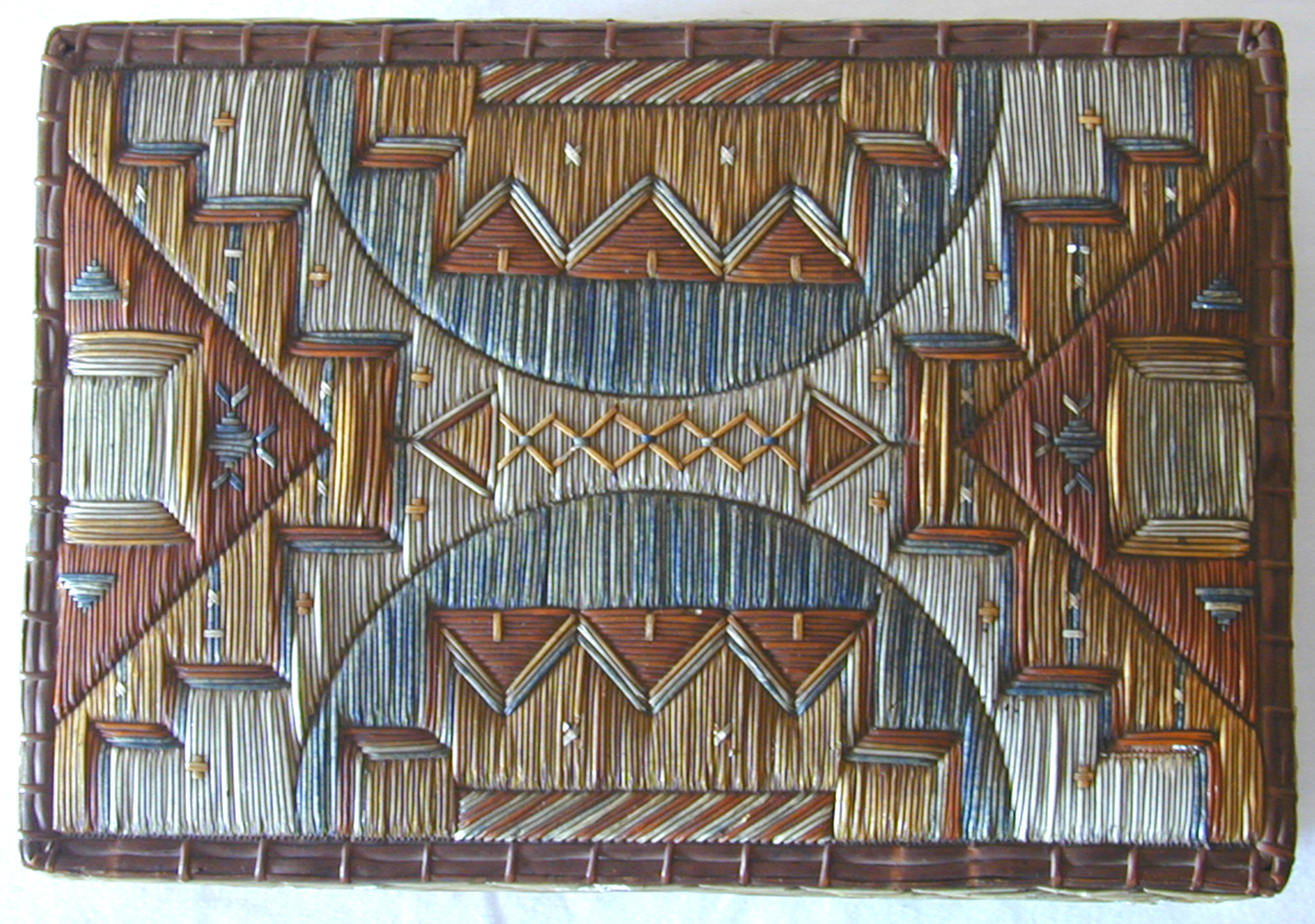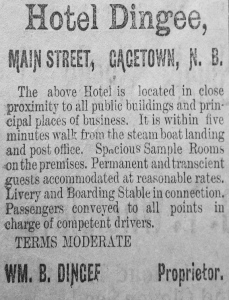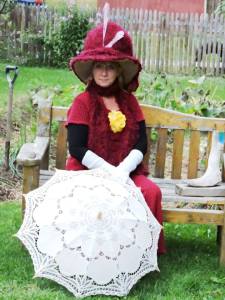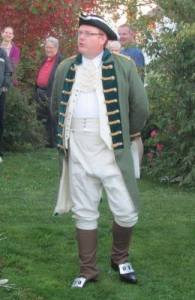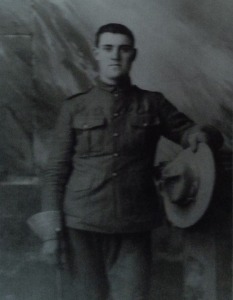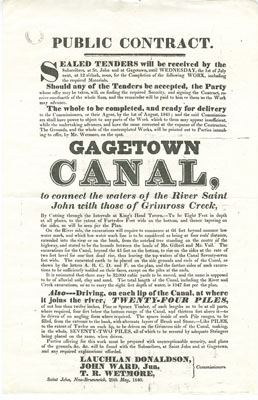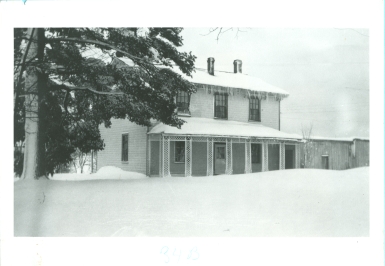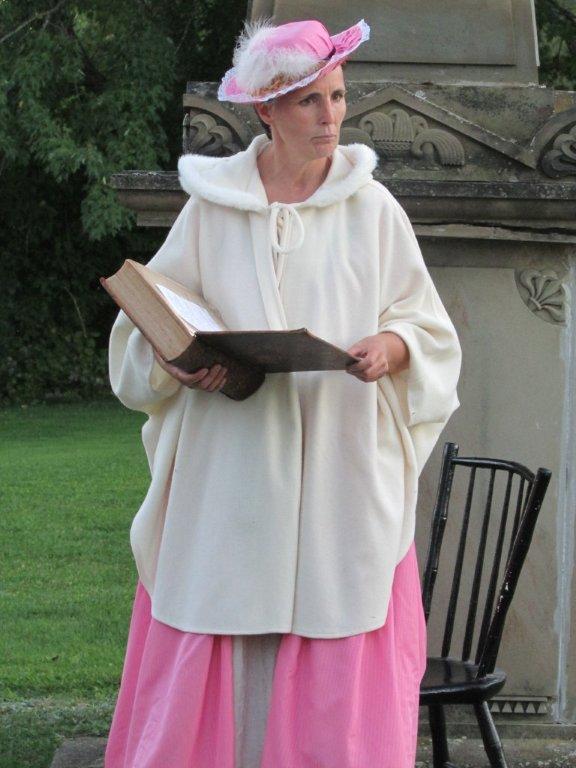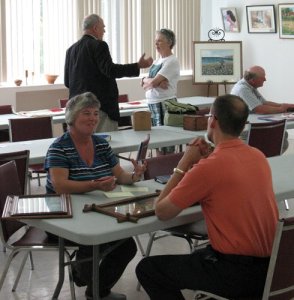With the theme for this year’s provincial Heritage Week, Discover Our Storytellers , we thought to celebrate not the famous Father of Confederation, or a prominent Loyalist, or well-known politician, but a person whose enormous contributions to our community are becoming less well known over time: Marianne Grey Otty.
Generally known as Molly Otty, she was described as a “great lady, valued friend, and an indomitable spirit.” Her accomplishments go far beyond that, however: educator, journalist, historian and community leader.
Molly Otty was born 24 February 1890, the daughter of Norval Hallett Otty and Charlotte Frances Gilbert. Little is known of Molly’s early years, but we know she and her older brother, Allen, attended the local grammar school, the family was active in St. Johns Anglican Church, and Charlotte Otty’s family connections through the Gilberts gave a sense of place and belonging to the Gagetown community.
In 1907 she graduated from the Kingston Consolidated School as valedictorian and UNB scholarship winner. Four years later she graduated with honours in English, French, natural science and biology. Her 1911 Ivy Oration, now in the QC Heritage collection, and is a light hearted vision of the future, even including her prophecy for the year 2000 –a protected natural environment with forests stretching from sea to sea. A year later, again on scholarship, she completed her Master of Arts from the University of Chicago.
Following graduation Miss Otty embarked on a teaching career serving as principal of the Gagetown Grammar School and of the West Bathurst Superior School. For several years she worked at the local Bank of Nova Scotia, she was secretary of the Gagetown Women’s Institute for fifty years, served with the Queens County Fair executive, was secretary of the Gagetown office of the agriculture department, and wrote the history of the WI. The list of additional community participation would fill the page!
Miss Otty was a member of the Canadian Women’s Press Club and her articles appeared in magazines in Canada, the US, and the UK. “Her facility with language,” wrote Patricia Jenkins, “was enhanced by her nimble wit, her penetrating insight, and her thorough-going interest in every phase of life.” Perhaps her greatest legacy was as a correspondent for over fifty years with the Daily Telegraph and Telegraph Journal covering everything from “murders to Sunday School events, and from horse races to County Council sessions.”
In December 1957 Miss Otty was honoured with a surprise celebration organized by the Women’s Institute to assist her in traveling to Europe, long a dream of hers. “More than 200 persons crowded into Soldier’s Memorial Hall,” stated the newspaper, “to see tangible tribute to a woman who has given the greater part of her life to the betterment of the district and its people.” In France, for the first time, she visited the grave of her beloved brother, Allen, killed in action October 1917.
Further accolades poured forth at the time of her surprise death in July 1963. The evening before her death she had attended a “happy community event, in her usual health” and was returned home by friends. She died peacefully in her sleep that night. She was discovered three days later when neighbours grew concerned that milk deliveries for three days were left on the doorstep.
A memorial service at St. Johns Church was filled to capacity and a large overflow of guests stood on the church grounds to listen to the service over a public address system. Reverend Basil Buckland conducted the service and remarked that “the best memorial is to carry on her work.” Patricia Jenkins observed, “We shall remember her, and we shall miss her wit, her wisdom, her services to the community, her writing, but most of all, we shall miss her genuine every day kindness, and her smile.”
Indeed her work did continue. In the 1950s Miss Otty had campaigned for the restoration of the Tilley House as a county museum. While she died a few short years before its opening, the Tilley House remains the flagship museum of a heritage network that now includes three other heritage sites in two Queens County communities. Her collections of photographs, documents, scrapbooks, letters and articles were bequeathed to the New Brunswick Museum and are a treasure of Queens County history. Her dedication to education and youth continues in the Marianne Grey Otty scholarship awarded by the local Womens Institute to a deserving high school graduate each year.
In paying tribute in 1963, Patricia Jenkins said, “It is scarcely fair to try to pay a fitting tribute in a short space to Marianne Grey Otty whose ability ranged from being a crack rifle shot, to history, art, philosophy, government and the church.” At QC Heritage, we agree.
For more information about Marianne Grey Otty, contact info@queenscountyheritage.com.

